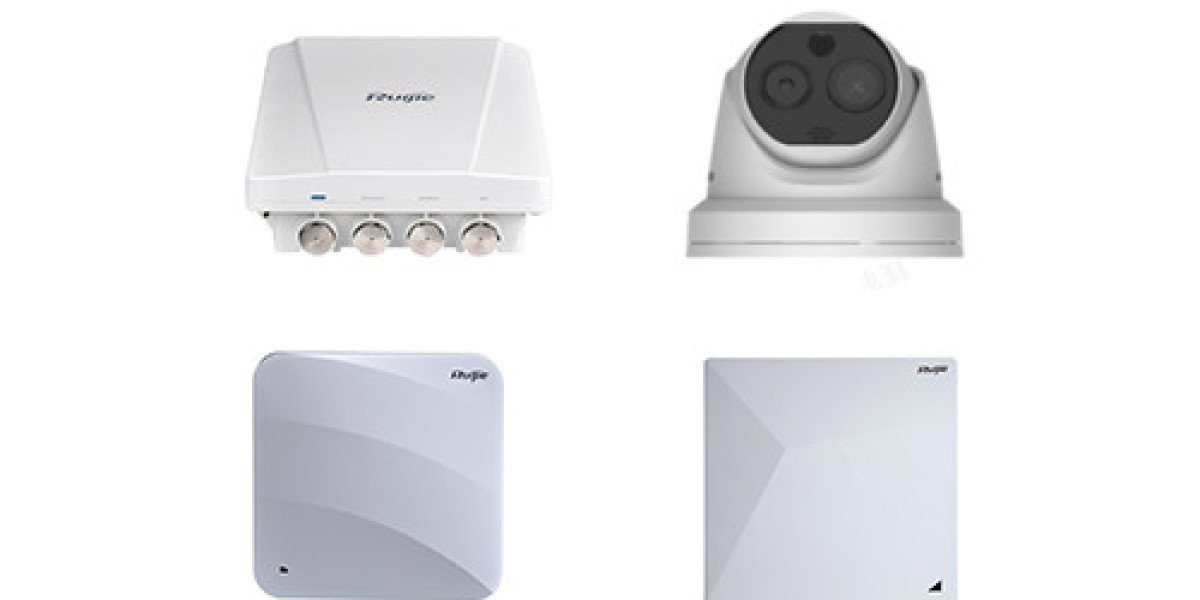For small and medium-sized outdoor coverage, such as public squares, residential areas, school campuses, parks and parks, and open areas where outdoor populations are concentrated, it is advisable to choose outdoor access point devices that can form a honeycomb network structure to achieve outdoor coverage.
Design principles for outdoor AP:
(1) Outdoor open areas should generally follow a cellular network layout to improve frequency reuse efficiency, distribute signals evenly, and control the overlap area of each best outdoor access point coverage area.
(2) The outdoor AP (or antenna) should be placed in a high place to reduce the impact of environmental changes such as personnel movement on signal propagation and improve the reception performance of the AP.
(3) Select the appropriate antenna type based on the business needs and terrain of the coverage area.
(4) The installation position of the antenna should be away from high-power electronic devices, such as microwave ovens, monitors, motors, etc.
(5) When selecting the antenna placement position, attention should be paid to avoiding obstacles that may affect the propagation of radio frequency signals, such as metal frames, metal screens, and other objects.
(6) When determining the antenna position, it is necessary to have a clear understanding of the characteristics of each area required to be covered.
(7) Understand the characteristics of potential users in this area and the architectural structure of the coverage area, and determine the installation location of AP (or antenna).









